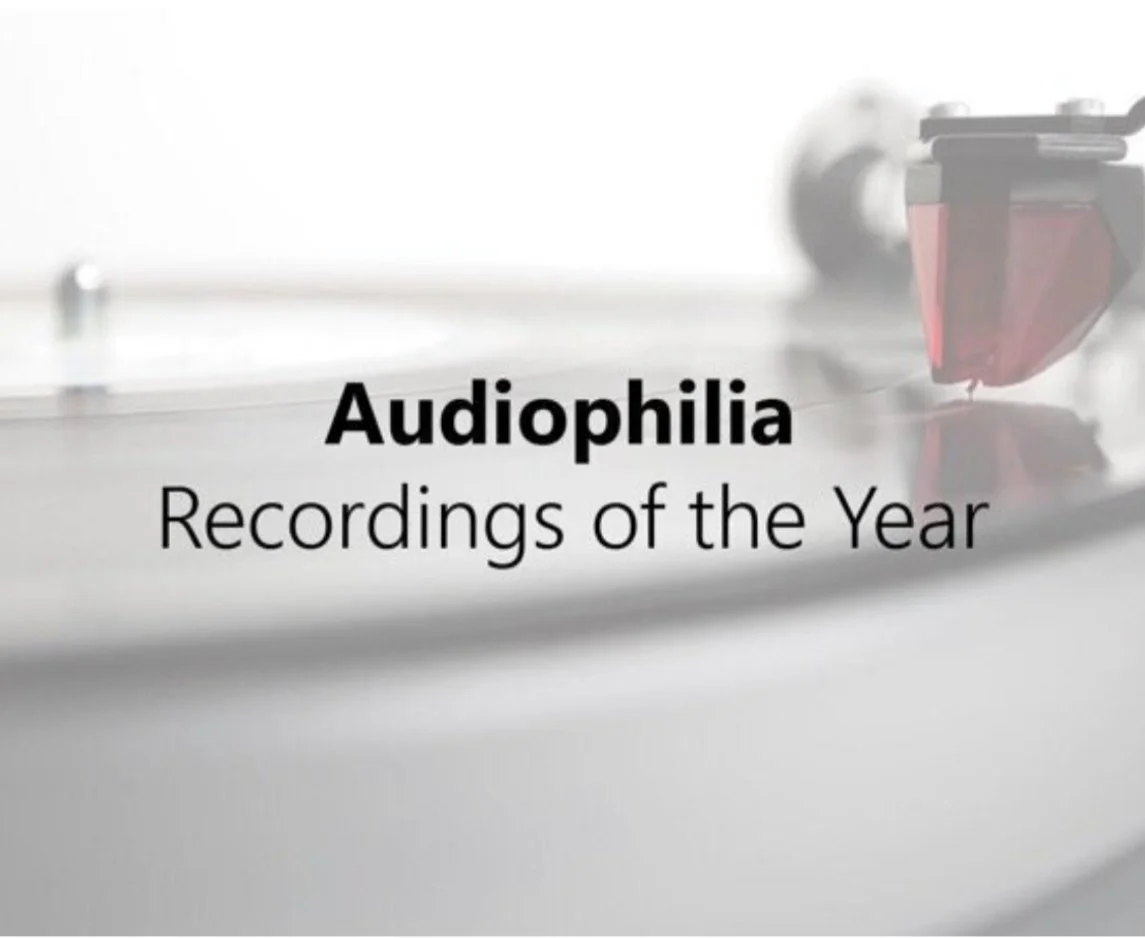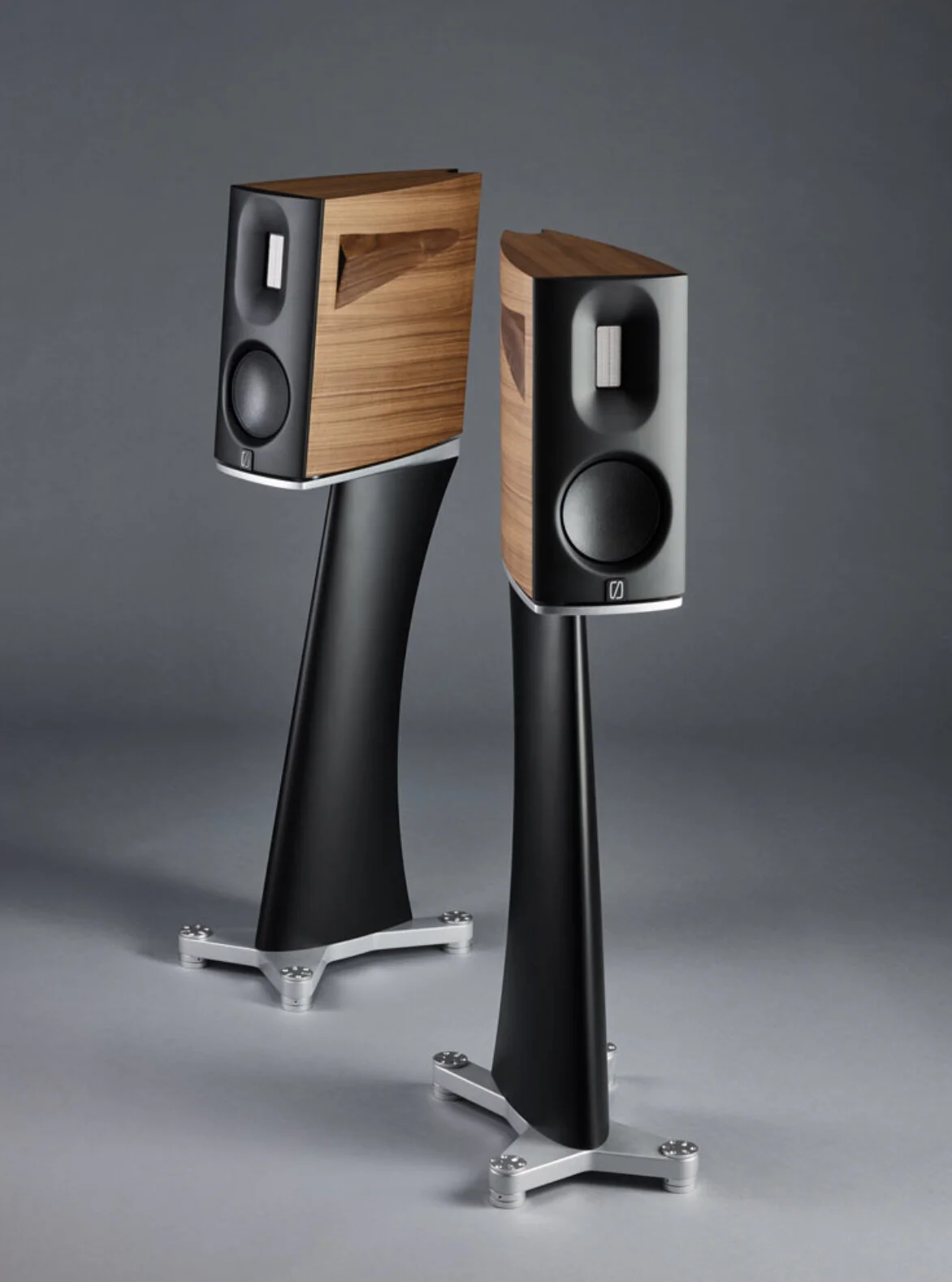The Esoteric Audio Research 834P Phono Stage
From the late, great Tim de Paravicini. Tim’s masterpiece phono stage is still commanding top bucks on the used market. As such, and in memory of the great man who died last year after a brave battle with cancer, we publish this late ‘90s review.
Blair Roger—What makes the difference between a very good audio design and one that touches on greatness? I suggest that it is not merely the technical ability of the designer but rather, that, combined with experience, wisdom, taste, and a highly consistent sense of auditory discrimination. I mean to imply by the previous phrase that the designer is intimately acquainted with the sound of real musical instruments, and the effect that they have on the state of human consciousness. Such a designer will intuit that which pleases, and that which distracts from the pleasure of listening to reproduced music. His ability will transcend technique. He will deal in the currency of outcomes, not methods.
Without meaning to flatter, I say simply that Tim de Paravicini is one of these individuals. Those of us who love the sound of vinyl are very fortunate that his British company, EAR/Yoshino has produced the EAR 834P phono pre-amplifier at a refreshingly modest cost. Price: US$1895.00 in black or US2195.00 in chrome.
The Outside
The exterior of the basic EAR 834P does not look very impressive. Perhaps the intention was deliberate understatement. The casework measures about 5″ x 4″ x 11″ (W x H x D) and is finished in plain satin black paint. The control knobs, gold-plated RCA jacks, and IEC mains socket are located on the ends of the diminutive box so that the unit appears narrow and deep, a departure from the rack-mount wannabe standard. The front panel is marked in attractive white script and is of modest thickness. There is a rotary on/off switch and a volume control knob to one side. An LED or low-voltage lamp indicating that the unit is operational would be appreciated. If you really want one, it will cost another $300 for the undeniably attractive chromed faceplate. You will lose the volume control if you opt for the deluxe version – not a bad thing perhaps, depending on your system configuration. My understanding is that the only other difference between the basic and deluxe model is the faceplate.
The Inside
Removal of the top plate reveals a surprisingly large toroidal transformer turned on edge and bolted to one side of the box. A metal partition running the length of the unit screens the power supply from the audio section. The volume control is an inexpensive 50K stereo potentiometer wired to the circuit board with flying leads. Truly neurotic audiophiles will want to replace it with something less humble or bypass it altogether. I honestly couldn’t fault the volume pot, but the thought of those delicate signals traveling through it when I already had an excellent passive volume control in the Jadis Orchestra bothered me. As the unit is capable of 1V output for 2.2 mV moving-magnet or 220uV moving-coil input, it will easily drive most amplifiers without a line stage between. This is not just a moving-coil step-up device.
Compared to some circuit boards I have seen, there is a genuine lack of glamorous components. The designer seems to be able to work his magic without them. The parts count is low, and those parts that are present are well spaced and easily identifiable.
Three 7025/12AX7WB low-noise Sovtek tubes (branded ‘Chelmer’) are used in the circuit. The set in the unit I auditioned performed flawlessly, so don’t race out looking for NOS flat-plate Telefunkens until you’ve given the Sovteks a chance to show their mettle.
A sub-miniature push switch on the back panel allows the user to change gain settings for either moving-magnet or moving-coil cartridges. Available voltage gain is generous at 48dB for moving-magnet and 68dB for moving-coil inputs. I found the 834P very quiet in operation, making these unusually high gain values practical. Input impedance for the moving-magnet input is nominally 47.5 kOhms. The unusual and defining feature of this phono stage is the inclusion of two small transformers, potted and screened in cans, which act as a gain stage for moving-coil cartridges. Interestingly, one of the audio print journals measured the moving-coil input impedance at 515 Ohms. The implication is that the designer believes that moving-coil cartridges should be loaded down to tame high-frequency resonances. After listening, I can’t dispute this notion, as the purity and liquidity of sound that the 834P evinces is utterly captivating and convincing.
The Sound
The pedigree of the EAR/Yoshino 834P is unmistakable. Turning the unit off during play results in the music fading gently to black over a period of about twenty seconds. No bangs, pops, or crackles are heard. Conversely, the same is true at turn-on. There is no requirement for muting circuitry because the power supply has been properly designed and implemented.
While listening to Britten’s Four Sea Interludes (Angel S-37142) with the Jadis Orchestra and the Quad ESL-63 USA Monitors, I noted that the treble was open, detailed, and delicate. This reading by André Previn conducting the LSO was redolent of atmosphere, ambience, and layered depth. Players were sized realistically and positioned within an exceptionally wide soundstage. Bass passages were firm, deep and had true pitch. Low-level timbral details, like the subtle doubling of trumpet and xylophone, were portrayed with clarity and nuance.
Malcolm Arnold’s English Dances (Greensleeve ESD 1077801) was highly entertaining. The strings of the Bournemouth Symphony Orchestra were remarkably sweet, and I was treated to riotous dynamics throughout without a hint of glare or glaze. The ambient detail captured in the Guildhall, Southampton, was very transparent, revealing reverberant whacks on the bass drum and resounding volleys from the brass section. Oddly, Sir Charles Groves and the EMI engineers elected to record the Dances straight through, with tape rolling between movements. I was immersed in the live ambience of page turning and chair shuffling throughout. Again, the sense of layering was very good, accompanied by a slight emphasis in the mid-bass and lower midrange.
I found the Water Lily Acoustics recording Saradamani (WLA-ES-23), featuring Vishwa Bhatt on a hybrid slide guitar, to be exceptionally revealing of the timbral beauty and balance of the 834P. Bhatt plays an evocative guitar equipped with twelve sympathetic strings. It was immediately apparent that more overtones were being retrieved from the grooves by the Lyra Lydian cartridge, giving a slightly more silvery tone to the guitar. The five or six simple bell strikes that occur a minute or so into the first cut startled me with their verisimilitude, each one clearly varied in intensity. The tabla was firm, dynamic, and tuneful. I became aware that the sound was slightly warmer and darker than that of my reference SP-9 Mk ll, this being counterbalanced by the 834P’s shimmering treble.
In summary, I would characterize the EAR834P as floridly rich in harmonics, quiet, dynamic and in complete control.
Conclusion
Choosing the 834P with a volume control would be a wise move for many lovers of analog music. It will allow them to completely dispense with a conventional preamplifier that sends the phono signal through a line stage on the way to the amplifier. The consequences of this reduction in the number of components in the signal path should be obvious. Greater fidelity to the signal encoded in the vinyl groove is undeniable.
As I did not have the opportunity to bypass the volume control in the test unit, I can only imagine the improvement that would surely bring. If you have an amplifier like the Jadis Orchestra with a passive volume control, then this should be considered mandatory.
The EAR/Yoshino 834P is a highly musical design. Consider it a gift from one of the giants on today’s audio scene. I recommend it to analog addicts without reservation.
Further information: Esoteric Audio Research



